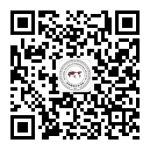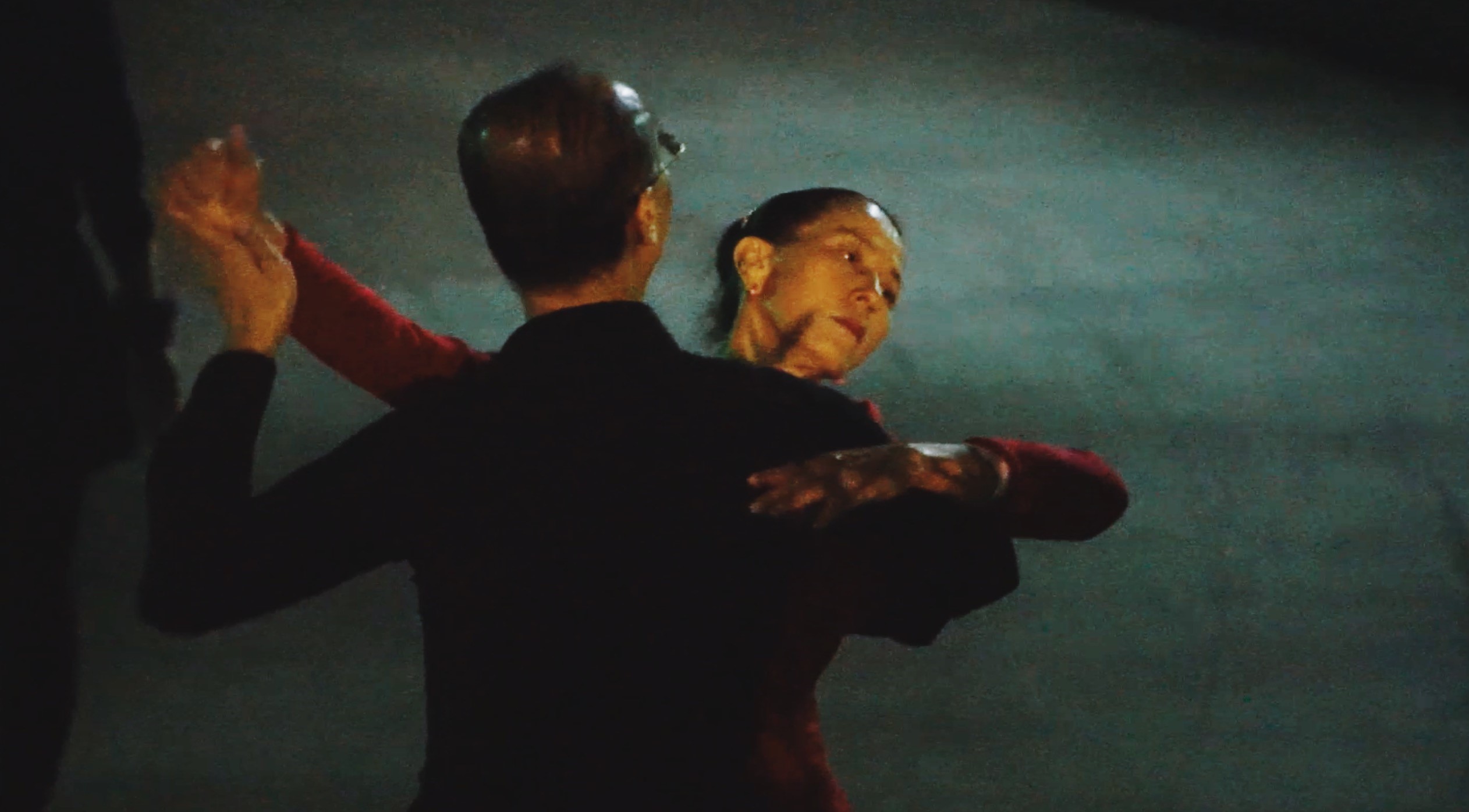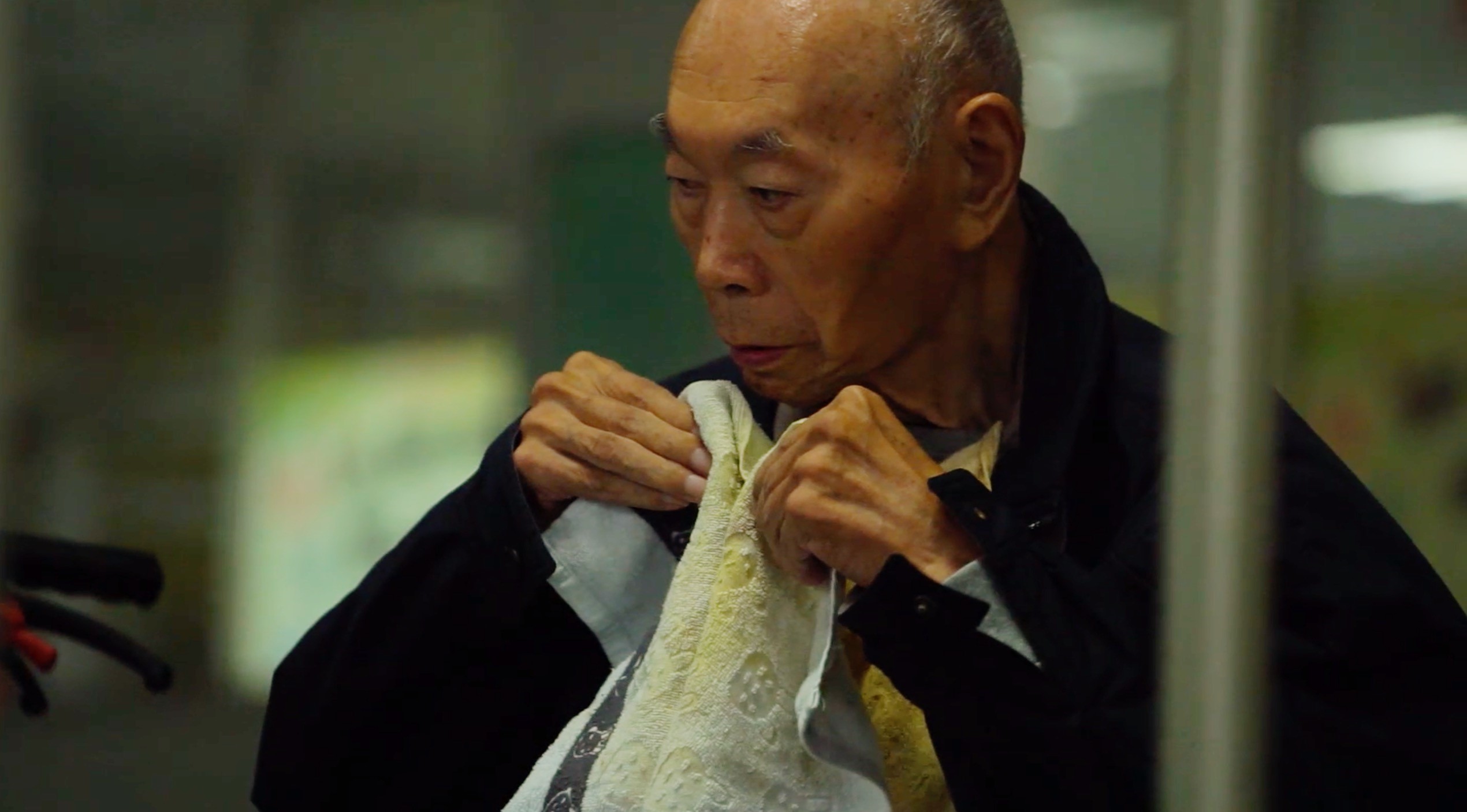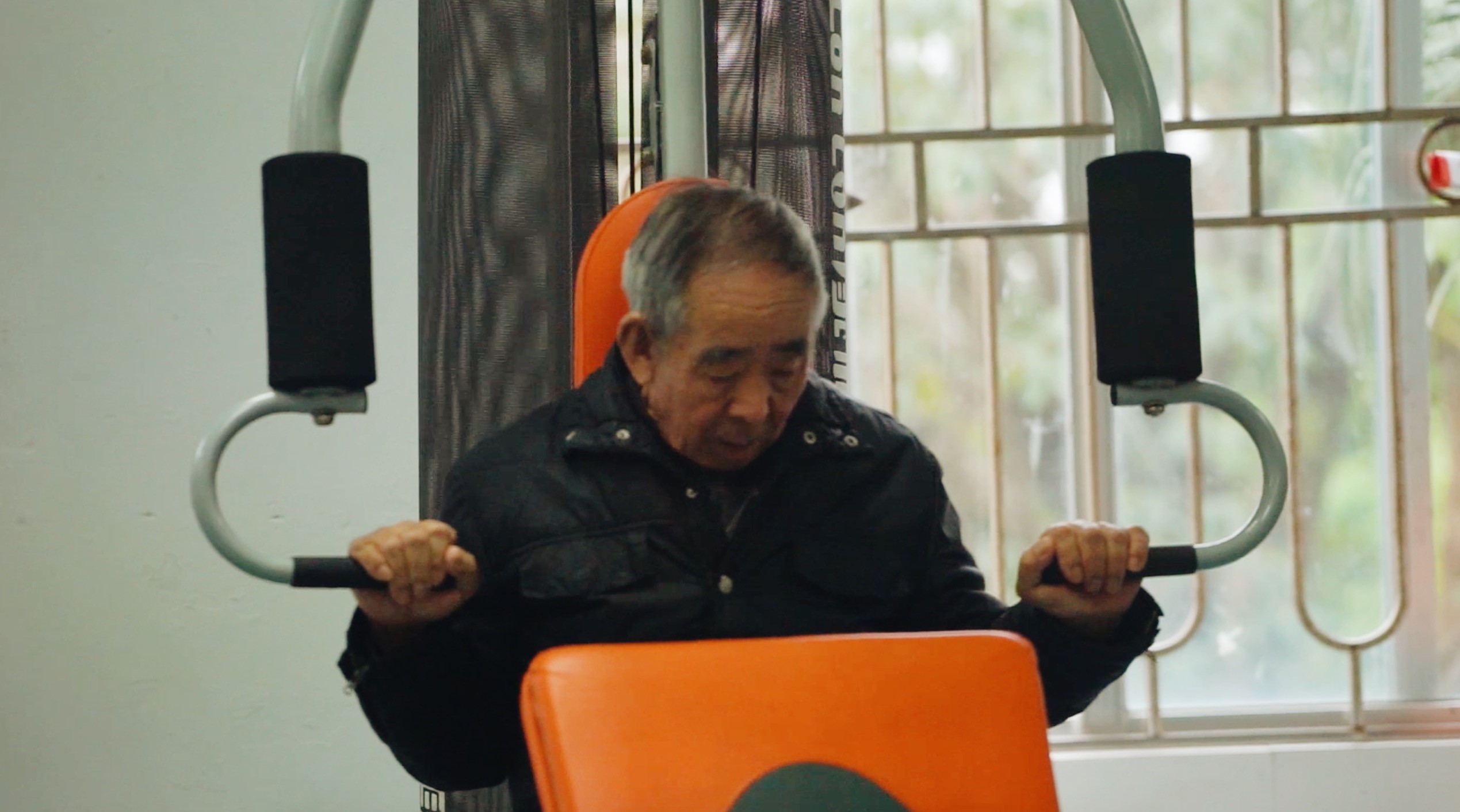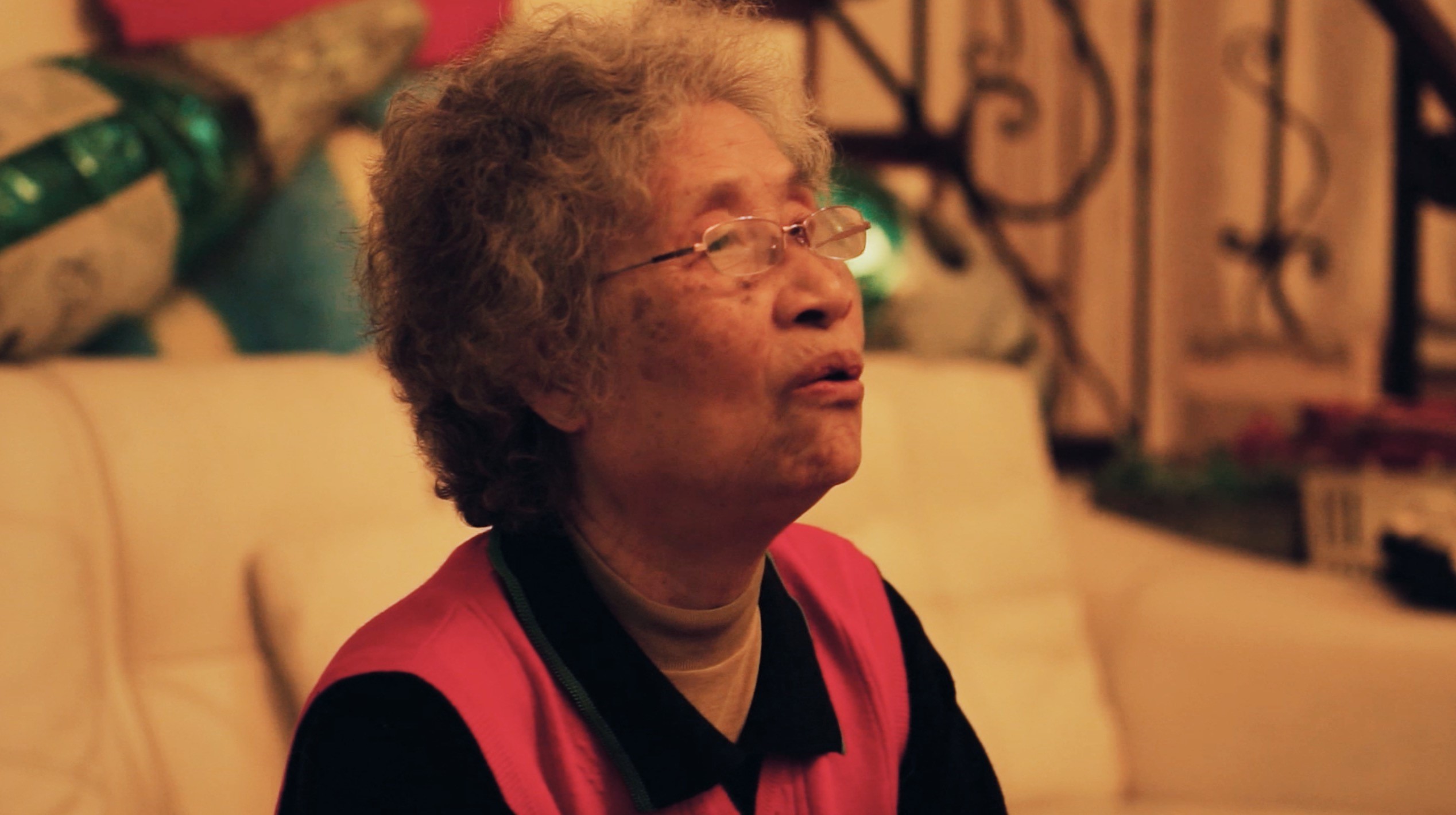As Earth’s resources becoming increasingly scarce, the concept of the circular economy has emerged as an inevitable trend in global development. However, public understanding and acceptance of the circular economy seem insufficient. In anticipation of Earth Day, I decided to promote the concept of recycling in a unique way—street art.

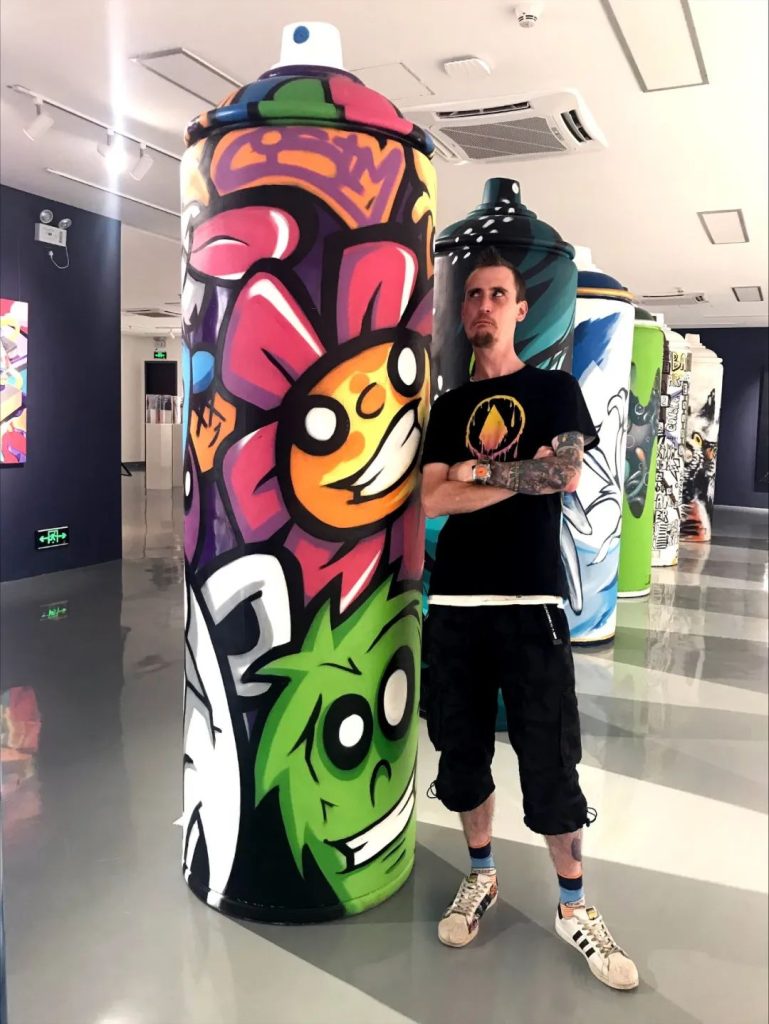

I chose this form because I’ve always been interested in this art form and happened to know a teacher named Andy, who leads the creation of murals in various places at our school. This time, I invited him to be our mentor.
After several days of recruitment, we finally gathered 12 people, divided into 4 groups. The event was scheduled during the Qingming Festival (4.4-4.6). On the Thursday before the event, I gathered everyone together to explain our theme and share the results of my earlier research.










Filled with anticipation, the final day of the event began. As soon as everyone arrived at the venue, they got into the zone. Everyone carefully traced lines and applied colors. The atmosphere was very relaxed, and amidst laughter and chatter, we poured our ideas onto the skateboards. Brushes glided gently over the wooden boards, layers of paint intermingled, forming vibrant patterns.
Various designs filled the skateboards, creating richly detailed works. After several hours of collaborative creation, each group completed their works. Proudly holding our skateboards, we left behind a group photo.
Below are the works of each group:
1. Fat Tiger Pig Nose Youtiao Cat: With the increasing amount of marine debris, fish have evolved wings and flown to the sky due to lack of habitat.
2. Red and Green Skateboard: We compared polluted and pristine areas, expressing the theme of environmental protection through bright colors and sharp contrasts.
3. Revived Melody: The transformative power of recycling is vividly showcased as abandoned CDs undergo a remarkable metamorphosis into a stunning bird. The vibrant colors and intricate details bring new life into the discarded CDs, creating a mesmerizing symbol of sustainability and creativity. This not only highlights the importance of recycling but also celebrates the beauty that can emerge from repurposed materials, reminding us of the endless possibilities for environmental stewardship and artistic expression.
4. Hand of creator Our work uses dark green, which represents the theme of environmental protection, as the background color. We drew a recycling symbol in the middle of the skateboard to highlight the theme. At the same time, we drew a pair of hands with the recycling triangle logo on both sides of the skateboard, indicating that environmental protection requires people’s efforts. Finally, we added leaves underneath the hands to embellish them and once again highlight our theme of environmental protection.

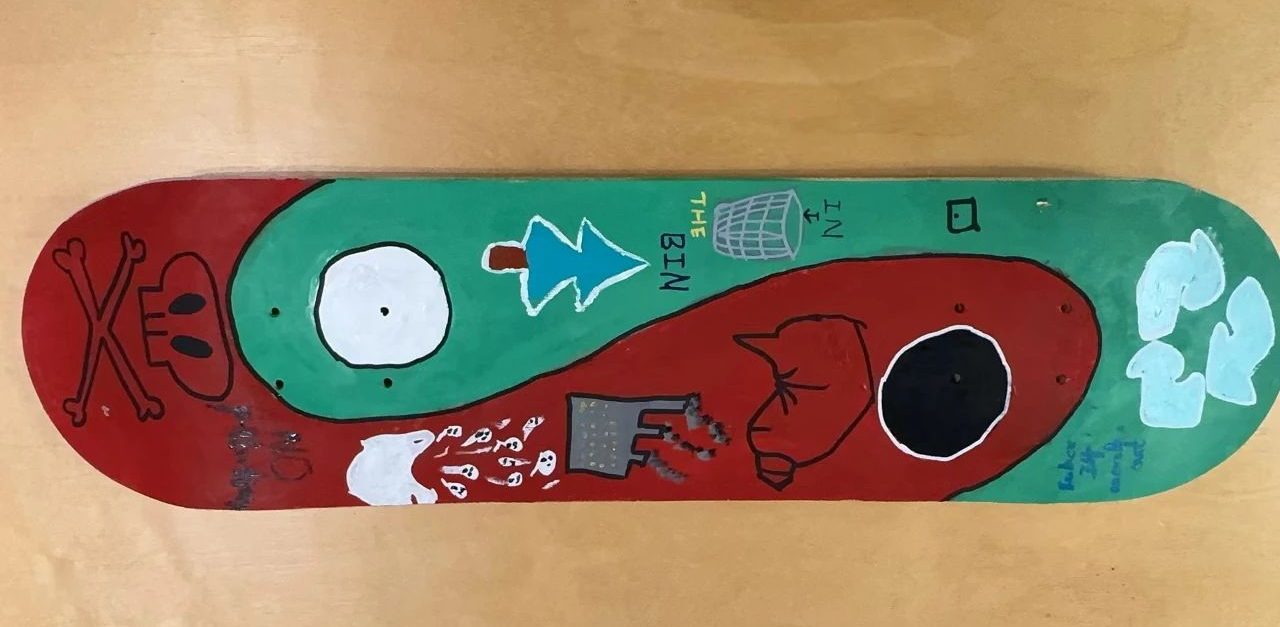


- Article / Henry Huang

